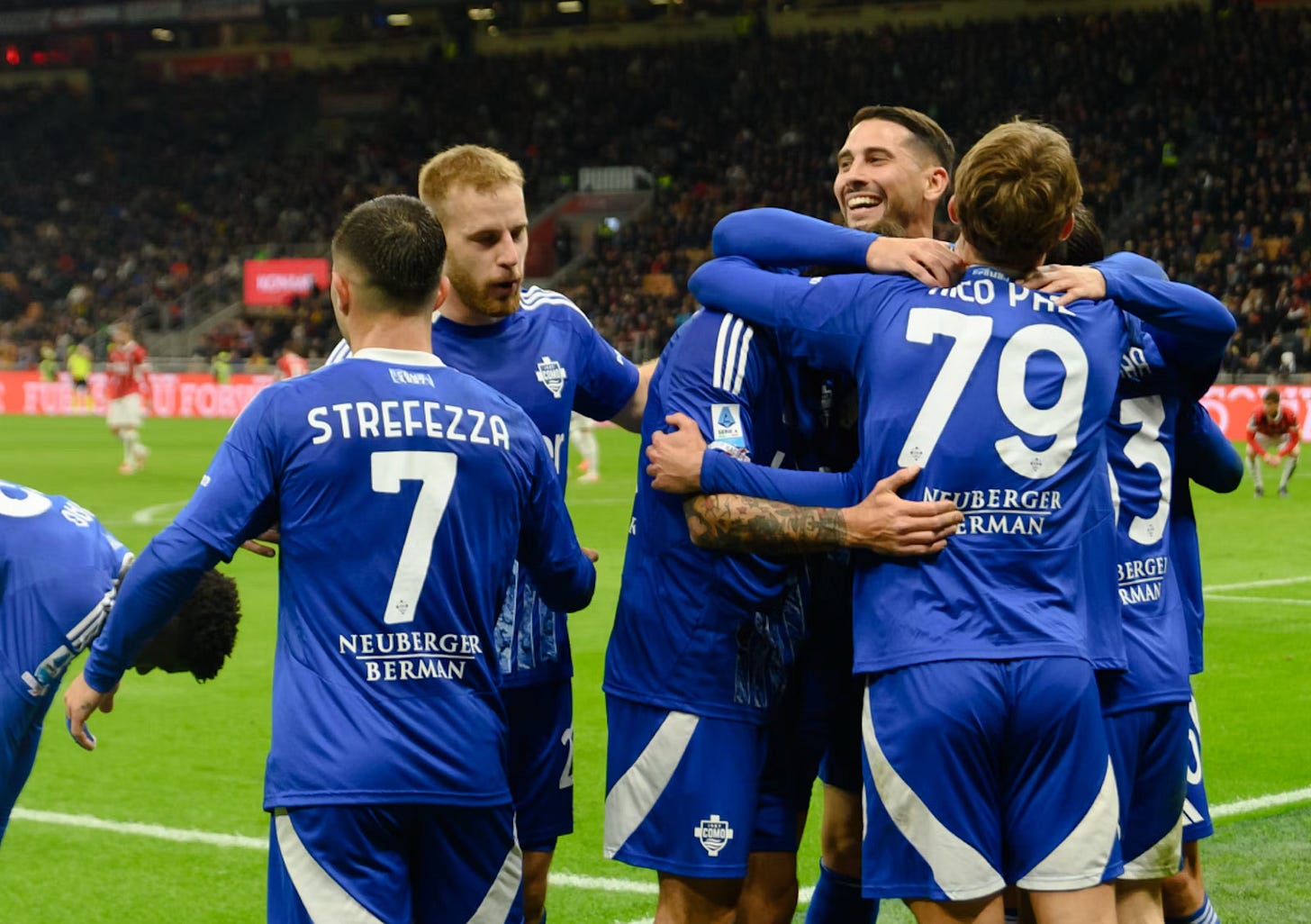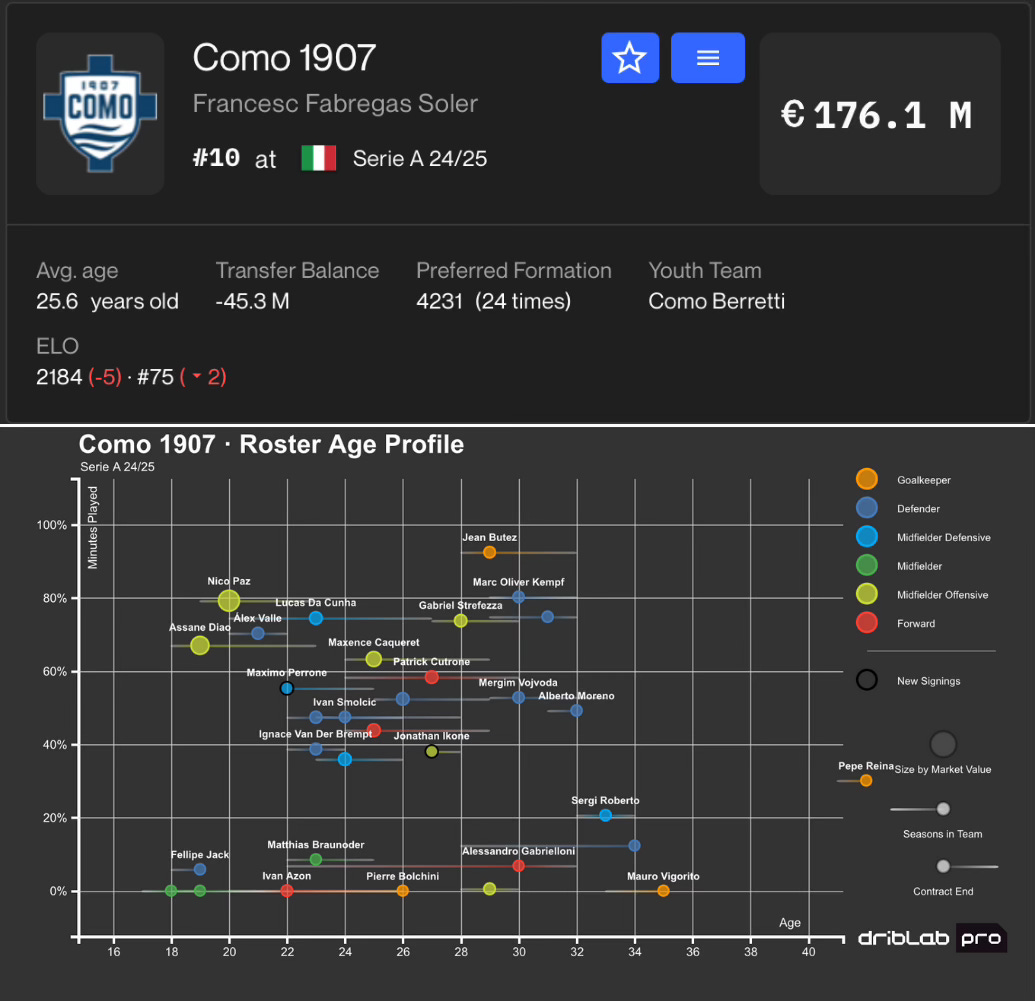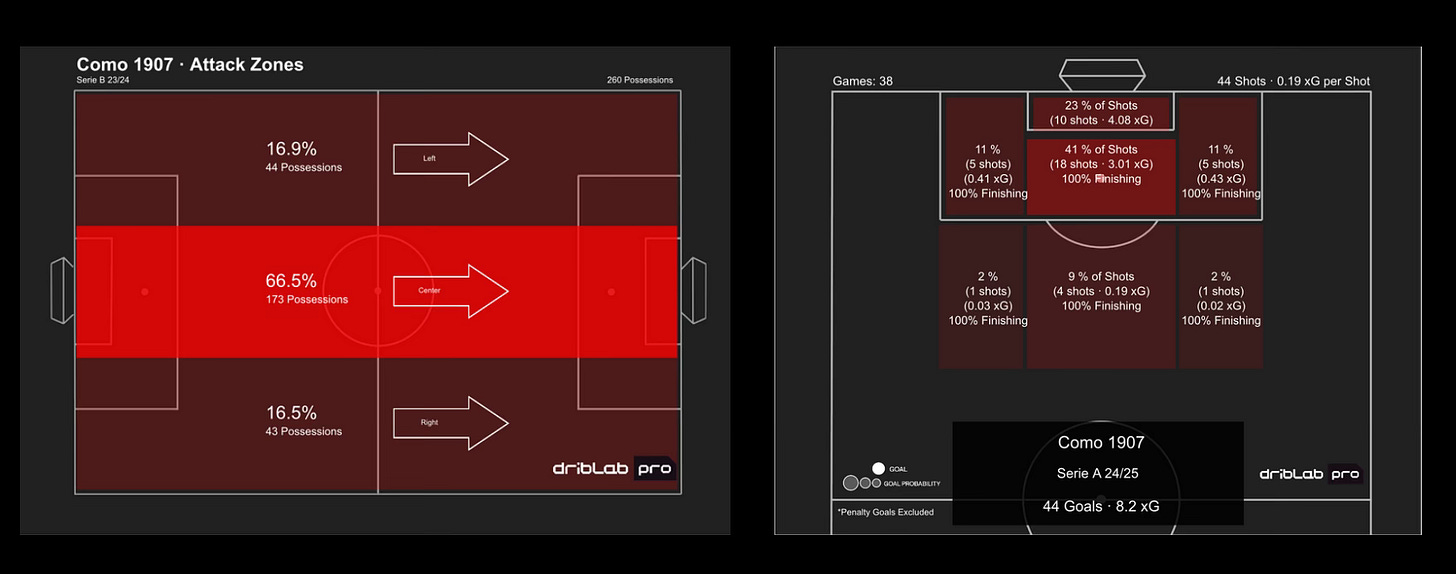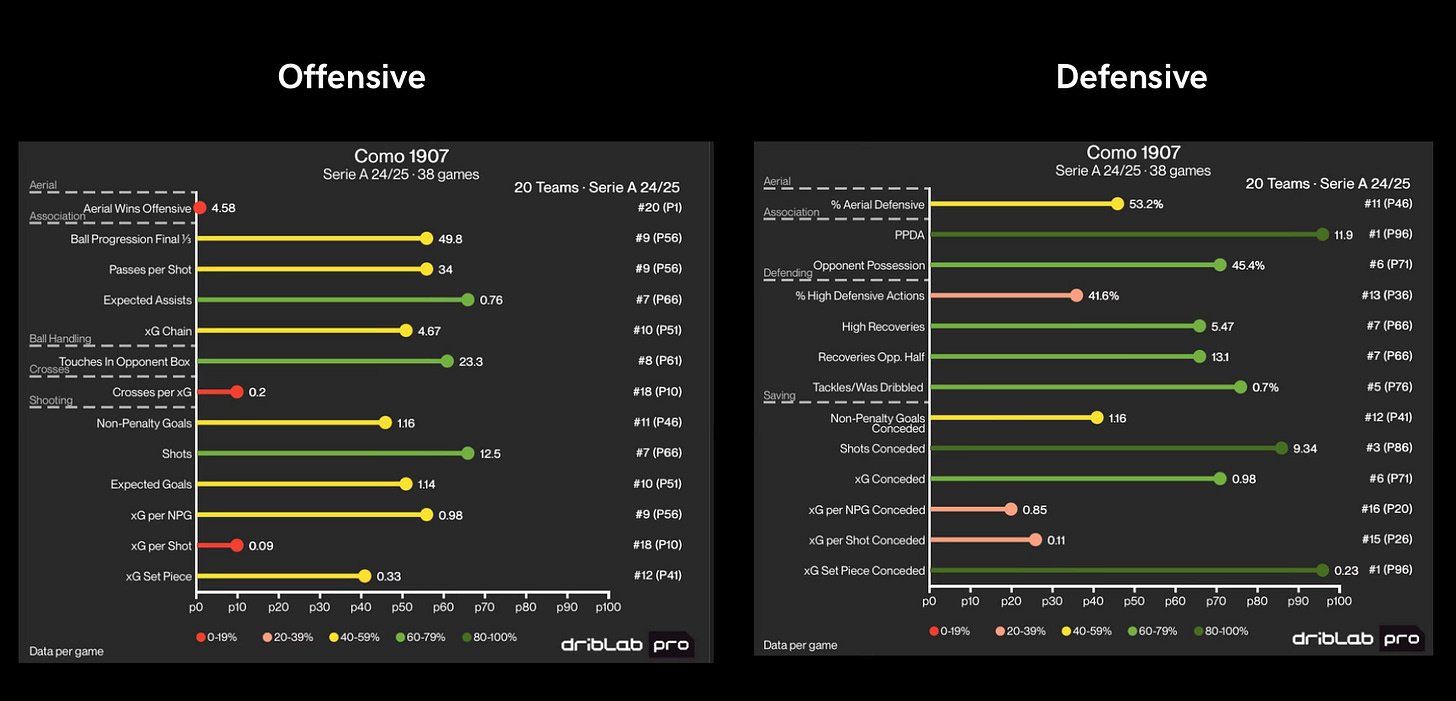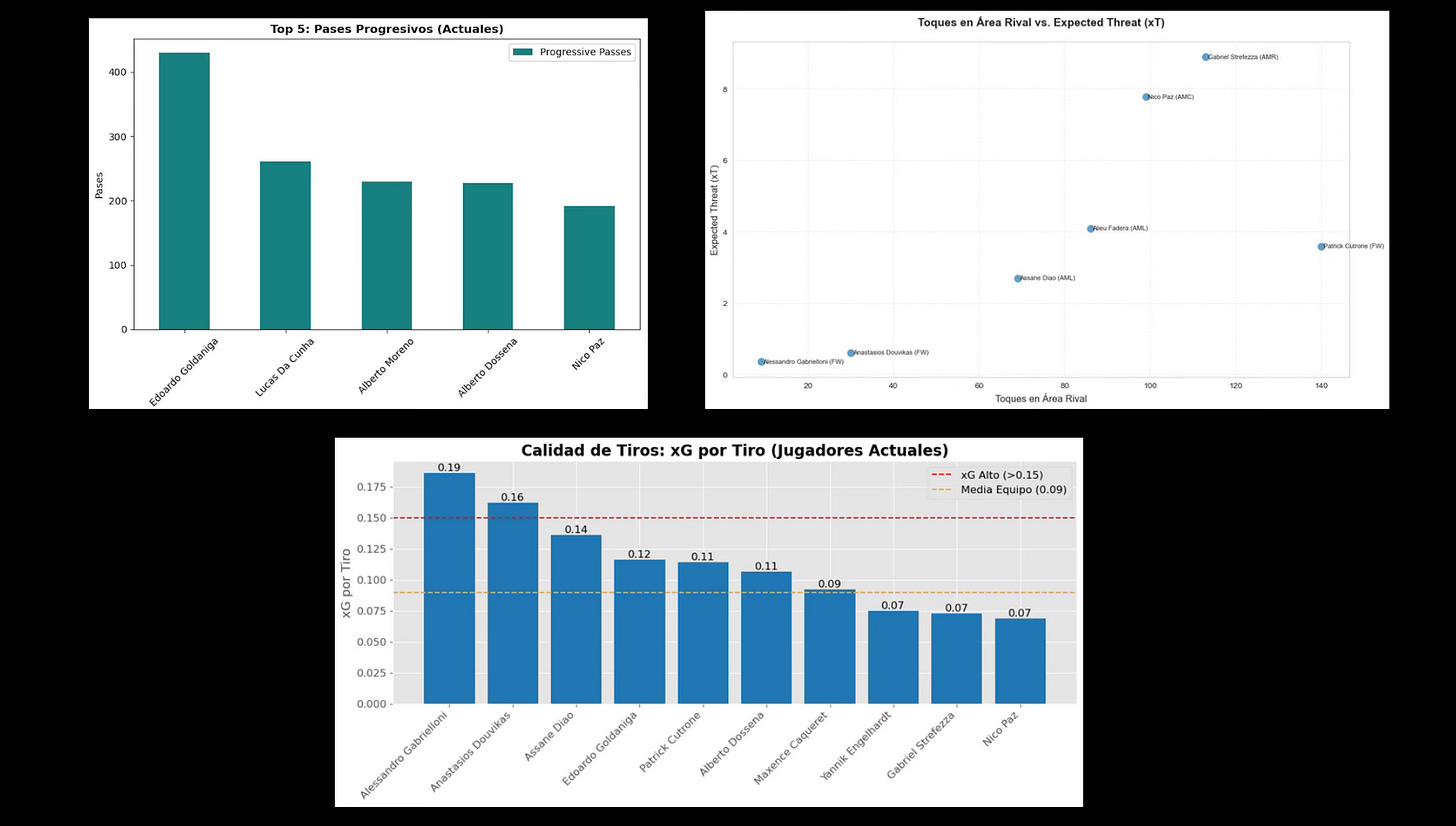The Art of Football Data Scouting: Building Teams With Data-Driven Decisions
How to Use Raw Statistics To Build Competitive Squads
Signing Players In the Modern Way
If you love sports, you’ve probably heard the term Moneyball. First a book, then a Brad Pitt movie, Moneyball tells the story of how the Oakland Athletics built a playoff team on a low budget. What was the secret? Data. Instead of chasing big names, they found undervalued players, signed them cheap, and sold high using math and statistics.
Why does this matter for football?
Because the same principles are changing the game in Europe since not so long ago. Clubs like Brentford and Midtjylland are using data to spot hidden gems and build squads that perform above their level. As Rasmus Ankersen, Brentford’s former sporting director, put it: “We look for players with potential and analyze their context—why haven’t they reached it yet? It’s like finding an undervalued stock, buying low, and selling high.”
Modern scouting is not only about watching games but using data to see what others miss and turning that insight into results.
Starting With the Right Questions: Club Analysis
Data is an asset. It helps you filter out noise and focus on the players who actually fit your team’s needs. That means smarter decisions, fewer wasted transfers, and a bigger impact for every euro/pound/dollar spent.
Let’s see this with an example I’ve been working on. It’s a case study with Como 1907—a club on the rise in Serie A. My goal was to: use performance metrics to break down their current squad, understand their transfer strategy, and spot which players from Europe’s top 5 leagues could improve their level.
It all starts with the right questions:
What’s the team’s game model? How do they play in different phases?
Which metrics matter most for their style?
How do they stack up against the rest of the league?
What’s their transfer history and scouting philosophy?
And most importantly: Who could you sign to level up the squad?
I’ll walk you through how I tackled each of these, using data from Driblab Pro—a professional scouting platform I access thanks to my Scouting360 course with Objetivo Analista.
Key Performance Indicators: Using Metrics That Matters
For Como 1907, I started with a general overview of them, as a presentation card, and then a general variable analysis, looking at the roster age profile and several metrics like own expected goals (xG) and against, attack zones, shot zones, own assists and against.
Como 1907 is a young team, with an average age of 26.
The club made significant investments in the squad over the last two transfer windows.
Under Cesc Fábregas’s attacking philosophy, they finished 10th in the league.
The team’s preferred formation was 4-2-3-1.
They have potential to qualify for European competitions.
Top 3 players with most minutes played: Jean Butez, Nico Paz, and Kempf.
Variables Analysis
For a quick overview to see how the team attacks, we can look at the attacking zone maps and xG per Shot maps. They attack mostly through the center, with 66.5% of possessions ending in that zone.
Defensively, Como had a mix of performances throughout the season. In several matches, they created more and better chances than they conceded, but there were also games where they were outperformed defensively. The team was capable of both attacking with danger and having vulnerable defensive moments, with many balanced matches in between.
To dig deeper, I broke down the analysis by phases of play in order to compare them with other opponents peers in Serie A:
Offensively, Como builds up through the center, relying on key creators like Nico Paz, and struggles with xG per shot, they make more shots, but those shots are low quality. Though they show an average position in moving the ball into dangerous areas (the final third of the pitch) compared to other teams in the league.
How do they compare to the rest of Serie A? Como sits around the league average in most metrics, but stands out for ball progression, shots taken and touches in the opposition box. However, their aerial duels and set-piece threat are other areas for improvement.
Defensively, Como behaves like this compared to the other teams:
Press high and recover balls in advanced areas, ranking among the best in Serie A for pressing intensity (PPDA). Though this intensity drops in the second half, leading to more goals conceded late in games.
Concede few shots overall, but the chances they allow are often high quality (higher xG per shot conceded).
Very effective at defending set pieces, conceding the lowest xG from set pieces in the league.
Key Takeaways
I started broad, then zoomed in. Using general metrics to spot trends, then breaking them down by phase and comparing to the league to find where the team stands out or falls short.
Squad Evaluation: Finding Gaps in Their Game
To better understand what the team needs, is important to understand how they play and identify the areas that need to be improved. Again, it was helpful to make come up with some questions and separate the analysis by game phases.
Offensive Phase
Possession & Build Up
Como builds from the back, relying on defenders and midfielders (Goldaniga, Da Cunha, Nico Paz), which centralizes play.
Progression and chance creation
Most progression happens through the center; wide players like Strefezza, Diao, and Fadera are underused for dribbling and crossing.
The team could improve by creating more danger from the flanks.
Danger in the box & Shot Quality
Cutrone gets the most touches in the box, but Strefezza is more efficient with fewer touches.
Only Gabrielloni and Douvikas consistently take high-quality shots; most starters are below average for shot quality.
Defensive Phase
Pressing & Recoveries
Como presses high and recovers balls in advanced areas, led by Nico Paz, Strefezza, and Da Cunha.
They concede more goals in the second half, likely due to fatigue and a drop in pressing intensity.
Defensive Solidity & Defense-to-Attack Transitions
Goalkeepers (Reina, Butez) and central defenders (Dossena, Enghardt) are strong in aerial duels. Goldaniga and Dossena excel at interceptions.
Goldaniga is key for starting attacks from the back progressing the ball to higher areas of the pitch, with support from Da Cunha.
What’s Next?
With all this analysis, we’ve seen Como’s strengths: solid build-up, intense pressing, and real danger creation. But they still need more width, better shot conversion, and more aerial power in the box. The data points us where to improve.
Next up: finding the who.
I’ll use this data to build a shortlist of transfer targets, matching each pick to the positions and criteria that fit Como’s game model.
Curious to see who makes the cut?
I’ll break it all down in the next article!




